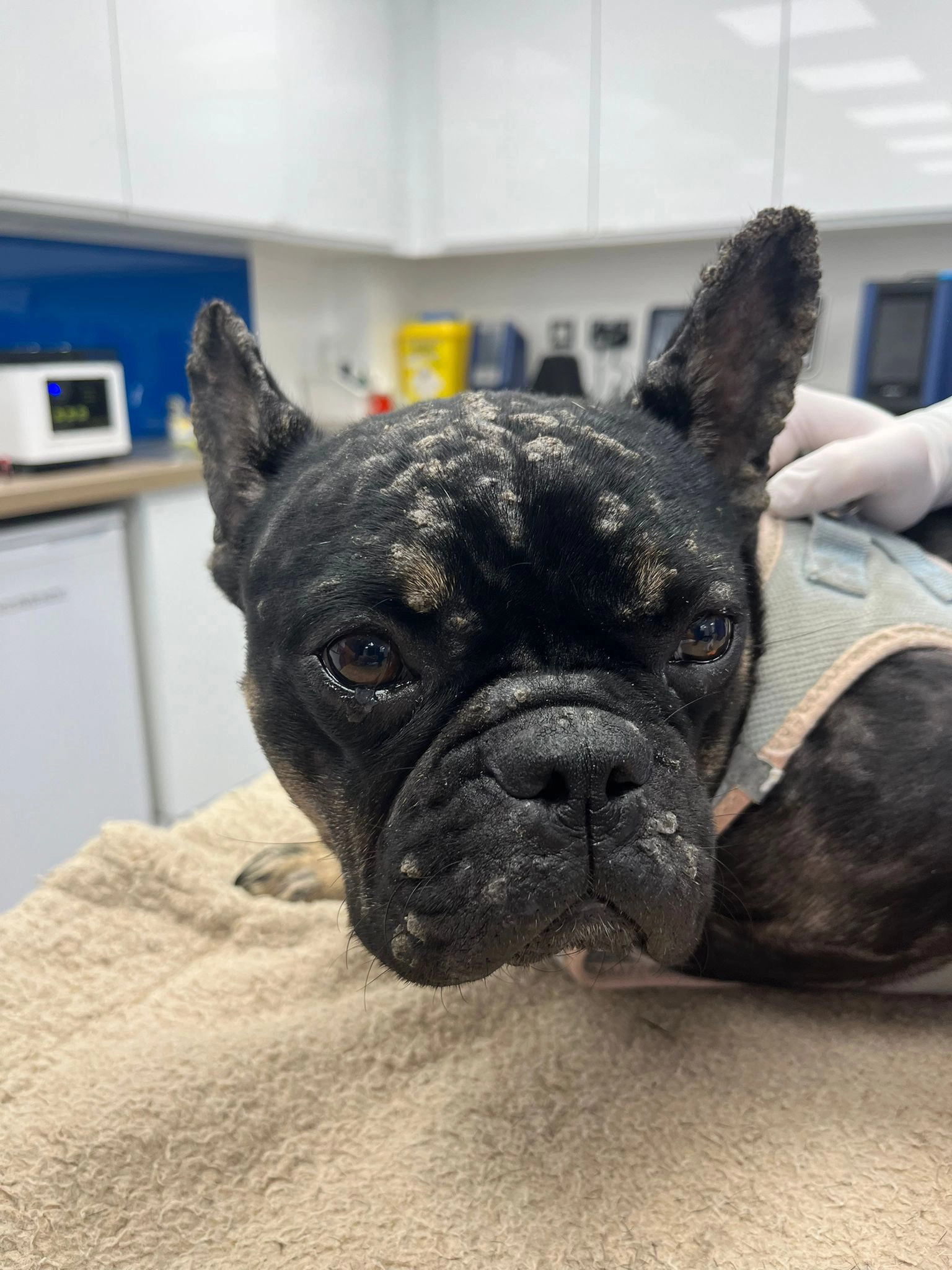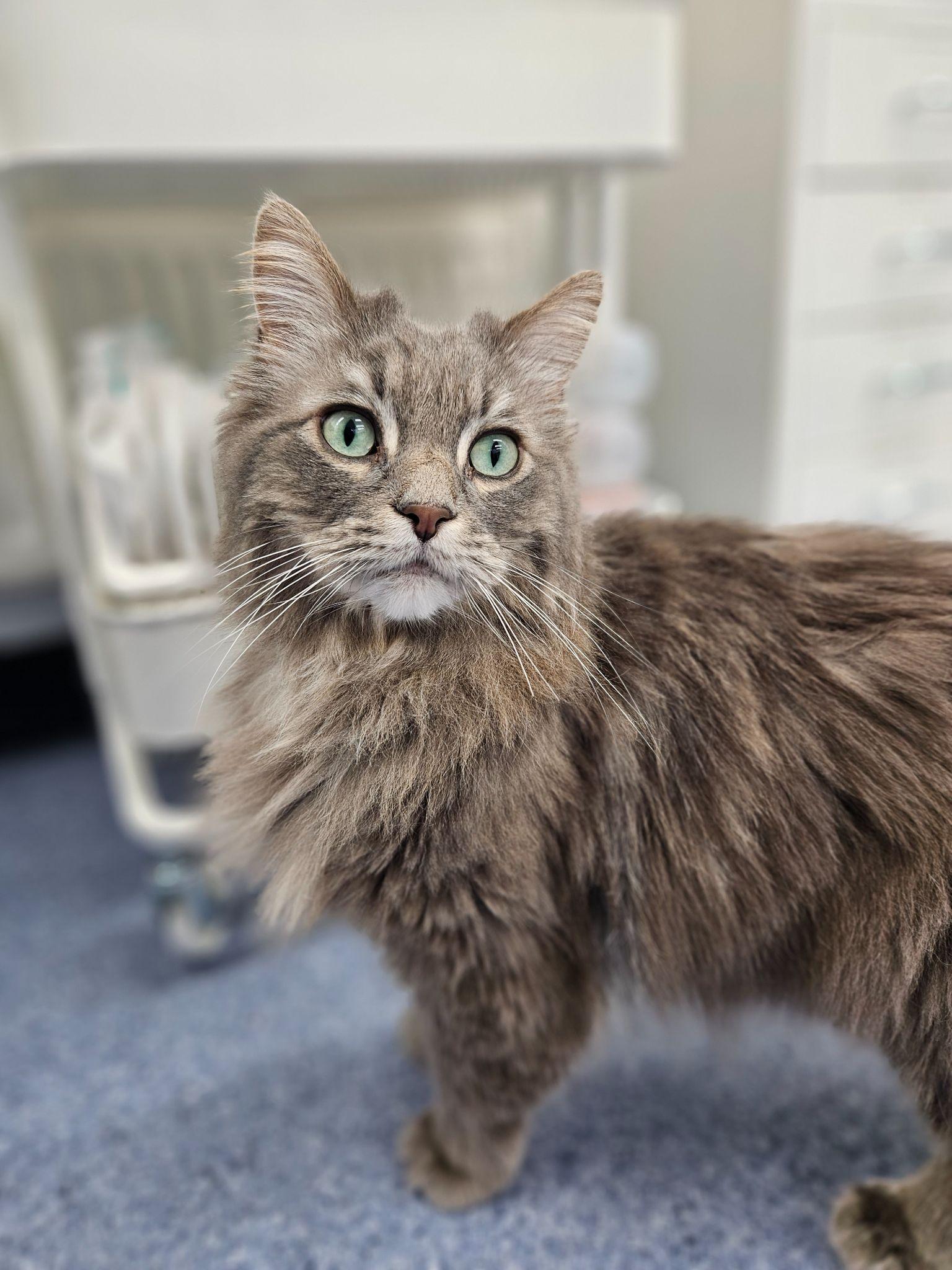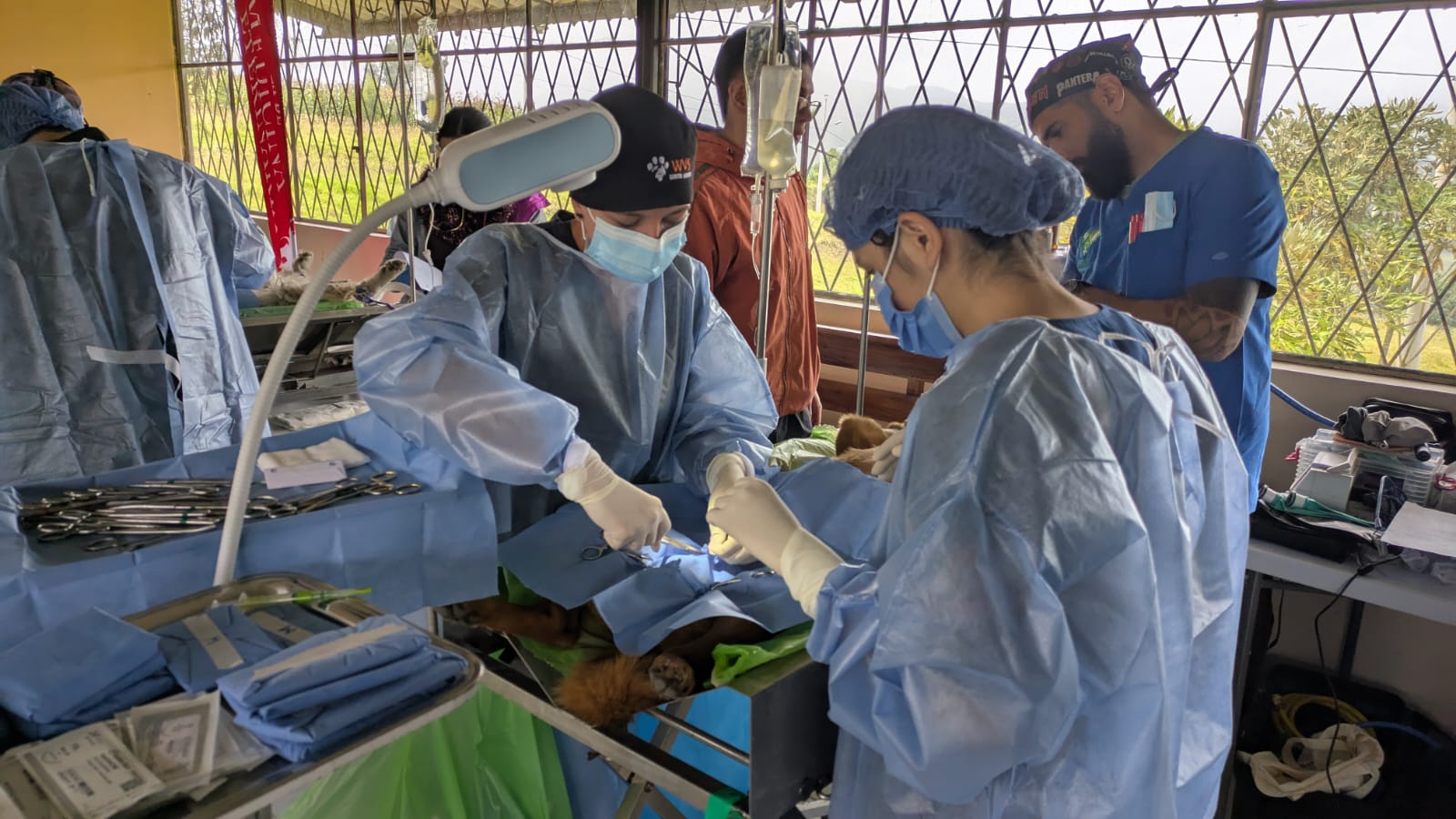All owners know that there are certain foods that are toxic to dogs. While the list itself is endless, there is one thing on it that most would agree is the worst thing on it. I refer only to chocolate; the forbidden-ist of goodies. But why is that the case? What is it about chocolate that is so harmful to dogs? What do I do if my dog ingests some? Luckily, we have the answers to all of your questions.
What’s in Chocolate That’s so Bad?:
Millions of years ago, certain plants began to develop traits that made them inedible to wild animals. Sometimes they became poisonous, other times they became bitter to the taste, or it simply rendered itself useless to an animal’s metabolism. Eventually, we humans came along, found the bitter-tasting cocoa plant and thought “this stuff tastes great, let’s mix it with milk and see what happens!” Now, history lesson aside, the thing that gives chocolate its bitter taste and anti-metabolising properties is a chemical called theobromine, the same chemical that the cocoa plant developed to ward off animal predators. Thus, we reach the crux of the matter; theobromine is the thing in chocolate that is dangerous to dogs.
Warning Signs:
As you now know, theobromine is lethal to dogs, but there are symptoms of chocolate poisoning that are easy to spot: vomiting, diarrhoea, excitability, excessive thirst and urination. It can also cause more severe signs such as seizures and changes to the heart rate, which can be fatal. So, we know the culprit, we know the signs…
What Can I Do if my Dog Eats Chocolate?:
If your dog has eaten chocolate and you know this for a fact, call us immediately.
For all other enquiries, click here.
After ingesting chocolate, it can take up to 4 hours for symptoms to show, but don’t wait till then to call your Vet. If you even suspect that your pooch has gotten into the goodies drawer, phone your Vet immediately. If you think your pooch may be showing symptoms, phone your Vet immediately. If your pooch’s behaviour changes drastically, well, you get the idea.
Upon reaching your chosen clinic, your Vet will want to do one of two things. The first thing, and the one not nice for anyone, is to give your dog an injection that will induce vomiting. This is most effective immediately after your dog has ingested the goods. The second thing, is to keep your pooch for an overnight stay, monitor their condition, provide supportive treatments and see if the sickness and symptoms pass on their own. There is no cure for theobromine poisoning and if the goods can’t be refunded, then your dog will need to beat it on his own (with a little help from us, of course).
Naturally, the best course of action is to not let your dog eat chocolate in the first place. While this may be obvious, it helps to be aware of where the sweet, sweet chocolate in your house is stored. This is especially prevalent around Easter where egg hunts, chocolate and children are plentiful; each a key part in any recipe for disaster! Just remember the three A’s: Make your guests and family Aware about the dangers of chocolate, keep chocolate Away from your pet at all times, and Act if your pet swallows any chocolate — Aware, Away, Act… simples!
Signing Off:
We hope that you’re now more than prepared to handle any chocolate related emergencies over the Easter bank holiday. The main thing is to remain calm and act swiftly; speed is the key, and no matter how doubtful you are of whether your dog has actually ingested chocolate, it always pays to err on the side of caution.
Ciao!




